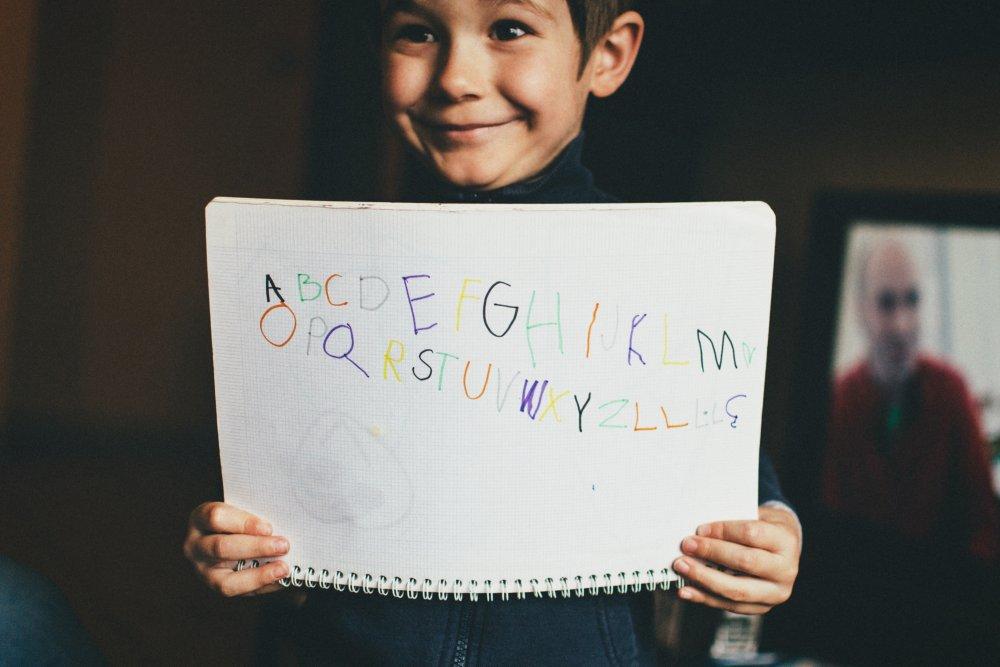If your child is struggling with writing or reading, you may be wondering if hiring a tutor will help. Here, St. Paul, MN teacher Marilyn G. shares what to expect from a tutor, and how you can continue helping your child along the way…
There are a number of writing strategies that a tutor can help your child with. Here are three of the most important: organization, grammar, and style. Organizing ideas into a cohesive whole is essential for good writing. Poor grammar can make it difficult to understand what is being said. And style gives writing its distinctive voice.
A tutor can help your child develop these skills in a way that is tailored specifically to their needs. So if you’re looking for ways to help your child improve their writing skills, consider getting them a tutor!
In this post, we’ll break down some of the key writing strategies a tutor might cover, as well as some tips that you can use to help your child succeed.
What Are the Types of Writing Strategies?
Some of the most common strategies include pre-writing, revising, and editing. Each of these strategies serves a different purpose and can help to improve the quality of your writing.
- Pre-writing is the first step in the writing process and helps to get your ideas down on paper. This is often done through brainstorming or freewriting, and it can be helpful to do this before you start drafting your essay.
- Once you have a draft of your essay, it’s important to revise it to make sure that the argument is clear and the ideas are well-organized. Revision can also help to improve grammar and style.
- Finally, once you’ve revised your essay, it’s time to edit it for any mistakes. This includes checking for spelling errors, typos, and incorrect punctuation. Editing can be done by yourself or by someone else, such as a friend or family member.
Many people believe that there is only one correct way to write, but the truth is that there are many different strategies that can be used to produce a well-written piece.
There are many different writing strategies that you can use, so experiment with different approaches until you find one that works best for you. Remember that there is no single “right” way to write— so don’t be afraid to try new things!
Ultimately, the best way to pick up new writing strategies is to take writing lessons. Sign up for lessons today and you’ll uncover some new strategies that will help you succeed as a writer.
You can even learn unique types of writing strategies that can be used for other genres, like songwriting! Just check out the video below for an example:
https://www.youtube.com/watch?v=FhENb6YoIBI
Writing Strategies for Students
I have been tutoring students periodically throughout my career. I started as an academic tutor for high school home-bound students in a local school district. Since then I have worked with students from kindergarten through adult who have wanted and needed to learn better writing skills to experience success at school or in the workplace.
A tutor can help your child in any of the following areas. Below, I’ll give you some writing strategies examples that I might work on with my students:
1. Grammar:
• Different word types, nouns, verbs, conjunctions, pronouns
• Punctuation: commas, capitalization, quotations
• Sentence structure: subject or predicate, compound sentence structures, writing a statement versus a command or a question
• Vocabulary development
2. Paragraph development:
• Writing an introductory paragraph
• Creating a strong main idea statement
• Using details to support the main idea
• Using interesting, precise word choices
• Writing in complete sentences versus phrases or run-on sentences
• Writing a conclusion paragraph.
3. Overall organization of various forms of writing:
• 3-paragraph essays
• 5-paragraph essays
• Stories
• Non-fiction reports
• Varied forms (e.g. persuasive essays, descriptive essays, cause-effect, comparison-contrast, process analysis, narrative, poetry)
4. Big picture skills in writing:
• Audience
• Voice
• Theme
• Character development
• Settings
• Plot development
• Unity and cohesion
5. Revision Strategies for Writing
Writing is a process that requires several revision strategies in order to produce a well-crafted piece, which is why I typically include writing revision strategies in my tutoring, too.
The first step is to get all of your ideas down on paper, without worrying about grammar or punctuation. This is known as a rough draft.
Once you have a rough draft, you can start to revise your work.
First, read through your essay and look for any major errors. These might include mistakes in grammar, spelling, or punctuation. Next, see if there are any parts of the essay that could be improved or clarified. Finally, ask someone else to read your essay and give you feedback.
Revising your work takes time and effort, but it is worth it in order to produce a polished and effective piece of writing.
6. Pre Writing Strategies
Brainstorming, mind mapping, and free writing are all effective prewriting strategies. Brainstorming involves generating a list of ideas related to a topic. This can be done individually or in a group setting.
Mind mapping is a similar process, but the ideas are organized visually into a diagram.
Free writing is another effective strategy for generating ideas. It involves writing down whatever comes to mind for a set period of time, without stopping to edit or revise. This can help to overcome writer’s block and get the creative juices flowing.
All of these pre-writing strategies can help you to generate ideas and get started on your writing project. They are all writing strategies that are typically covered in tutoring sessions, too.
What Are Writing Strategies You Can Help Your Child With?
Writing strategies will vary depending on your child’s needs and interests, and most tutors will prioritize their tutoring around the areas which present the most difficulty for the individual student, or those that you as a parent request be specifically addressed. Once you and your tutor have determined what your child needs to work on, how can you as a parent help to teach those skills? Here are some specific writing strategies you can use to teach the skills listed above.
1. Use Graphic Organizers
Teach your child how to use graphic organizers to help outline ideas. Graphic organizers will help your child get creative ideas out of their minds and onto paper. Combining the organizing requirements with their ideas is very empowering for children. Graphic organizers are especially helpful if your child’s first language is not English, if your child has any form of learning disability, if your child struggles with attention issues, or if your child is significantly below grade level. This task helps break the writing process into manageable steps.
2. Retell Stories
Record your child retelling a story. Read your child a short story. Afterward, have him or her retell the story to you while you record it. Listen to the recording together and then discuss the main idea, characters, setting, and the conclusion of the story. This retelling and discussion will help your child internalize the structure of stories and writing, which is a helpful step not generally included in regular classroom instruction.
3. Practice Co-Writing
Co-write a story with your child. Doing this with your child can make the task fun and interactive rather than a “lonely” activity. Some kids need this personalized attention to help them improve their sense of being a capable writer. Silly stories, fairytales, and comics are all usually exciting for children. Type up a copy for you and your child, and hang a copy on the refrigerator, which will increase your child’s feeling of accomplishment. Over time, your goal should be to gradually encourage your child to do more and more of the writing on his or her own.
4. Decide What the Learning Goals Are Ahead of Time
Determine the learning goal. Children struggling with writing can be overwhelmed with the many errors they know they’re making. To help, try working together with your child to pick one or two goals for each writing assignment. This eliminates the need to over-correct your child’s work, as you can quickly revise those parts of the assignment that are not stated as the goals you and your child have chosen. Discuss only corrections for the areas stated in his or her learning goals.
5. Just Read Together
Choose a book that demonstrates the skill your child is learning and read the book together. Discuss how the writing impacts the story. How did the author convey sadness? Was this word the best choice in this spot? Reading and writing are inseparable, so read together daily when possible and share what you like and don’t like about how the story is written.
Final Thoughts on Writing Strategies and Tutoring
If you are feeling overwhelmed about helping your child with writing, a tutor may be the best step to take.
Writing tutors can help by giving your child one-on-one attention and customized lessons that will target their needs.
Additionally, a tutor can provide support and encouragement as your child works through any struggles they may encounter while learning to write.
If you are interested in finding a writing tutor for your child, please contact us today. We would be happy to discuss our services with you and answer any questions you may have.
 Marilyn G. teaches math, reading, social studies, and ASL in St. Paul, MN. She holds an MA in English as a Second Language from Hamline University in St. Paul. Learn more about Marilyn here!
Marilyn G. teaches math, reading, social studies, and ASL in St. Paul, MN. She holds an MA in English as a Second Language from Hamline University in St. Paul. Learn more about Marilyn here!
 Photo by woodleywonderworks
Photo by woodleywonderworks
Suzy S.
